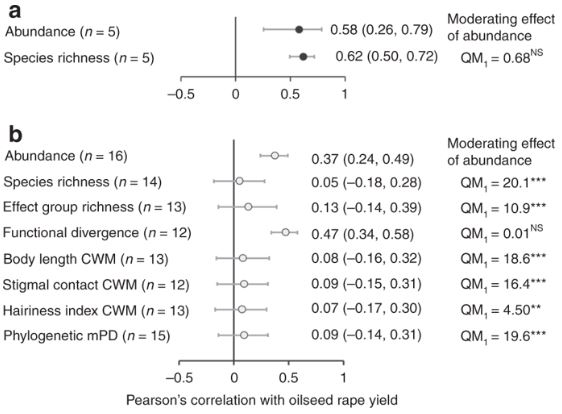
Pollinator functional diversity and abundance enhance crop pollination and yield (Nature Comms)
Insects provide a valuable service to the agricultural industry through pollination, which increases both the quality and harvest volume for many important food crops, however little is known regarding the role of insect functional trait differences in promoting crop pollination. Woodcock et al. tested…
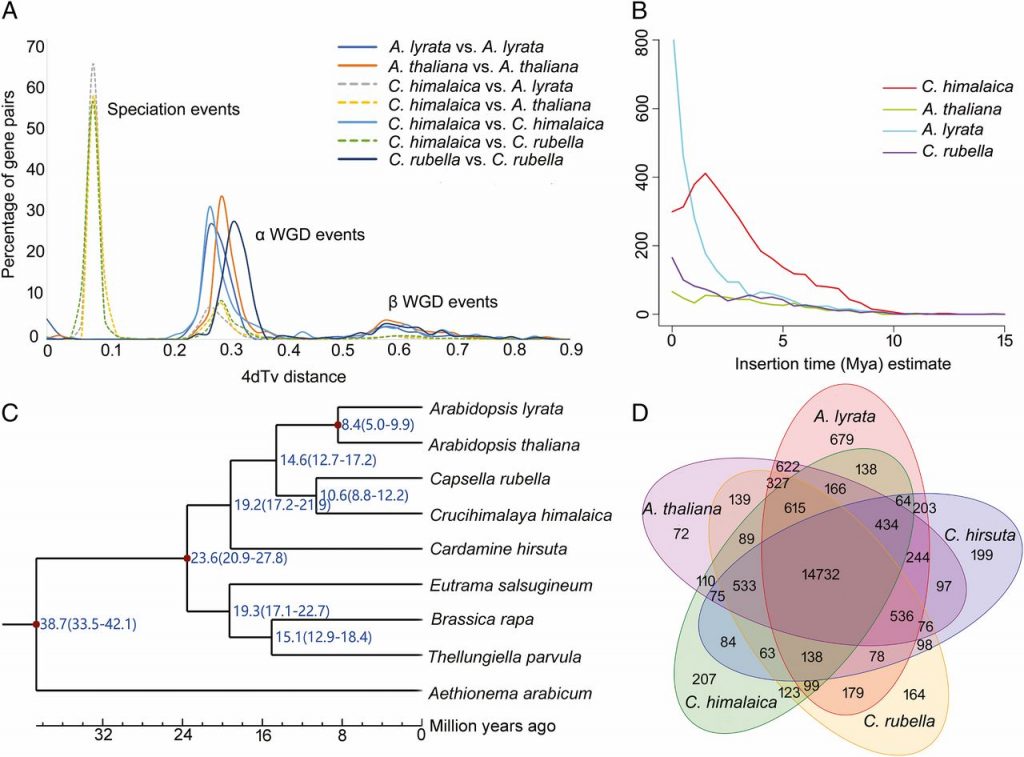
Dramatic changes in repeat element content and gene family sizes underlie the high-altitude adaptation of rock-cress (PNAS)
The ability to grow on the ‘roof of the world’ - the Qinghai-Tibet Plateau, makes Crucihimalaya himalaica (Rock-cress) an important model for studying adaptive evolution. A draft genome sequence of C. himalaica reported by Zhang et al. now provides clues to its speciation and ecological adaptation.…
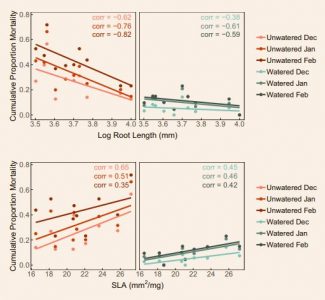
Seedling traits predict drought-induced mortality linked to diversity loss (PNAS)
When trying to understand the repercussions climate change will have on future plant communities, trait-based approaches provide valuable insight. Unfortunately, many trait-based studies focus only on the above-ground traits of un-stressed adult plants, ignoring the critical seedling stage. Harrison…
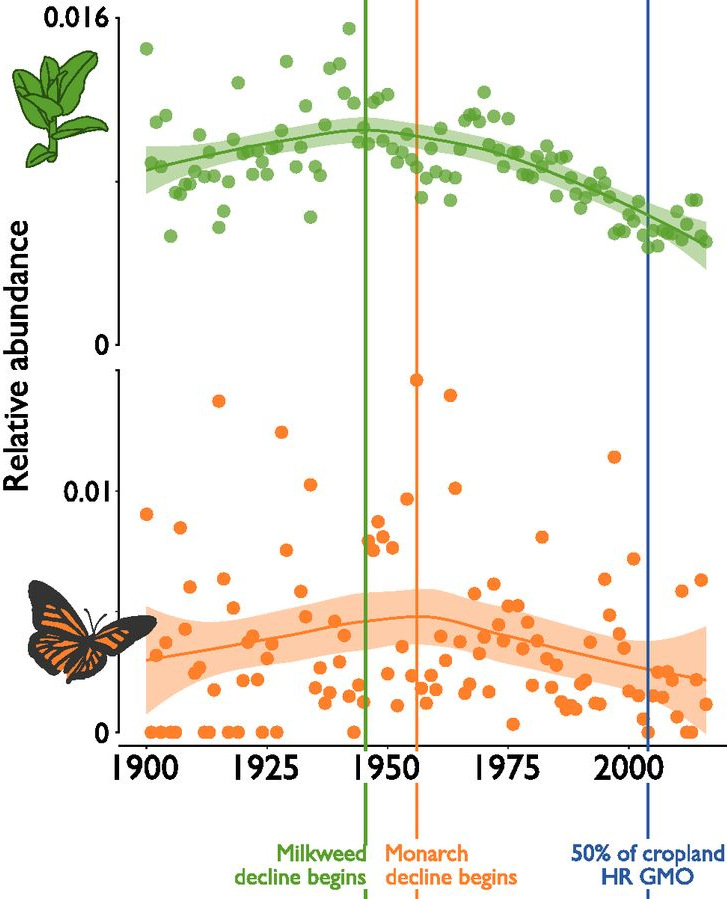
Century-old museum specimens predict a timeline for declines in monarch butterflies and their host milkweed (PNAS)
Milkweeds are often found in agriculture fields, and are susceptible to herbicides sprayed in such fields. A decline in milkweeds, which provide food for monarch butterflies, has been historically linked to the wide cultivation of herbicide-resistant genetically modified (GM) crops. Boyle et al. attempt…
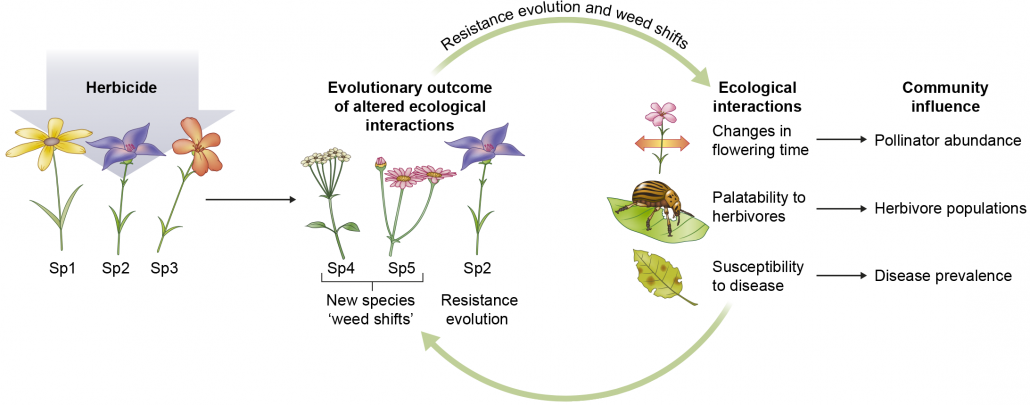
Review: Evolutionary and ecological insights from herbicide resistant weeds (New Phytol)
Weeds represent a problem for the economy due to their easy resistance of pesticides, but they are also a model for adaptation, ecology and evolution. In this review Baucom focusses on three areas: the genetic basis of adaptation, evolutionary constraints, and experimental evolution. Weed resistance…
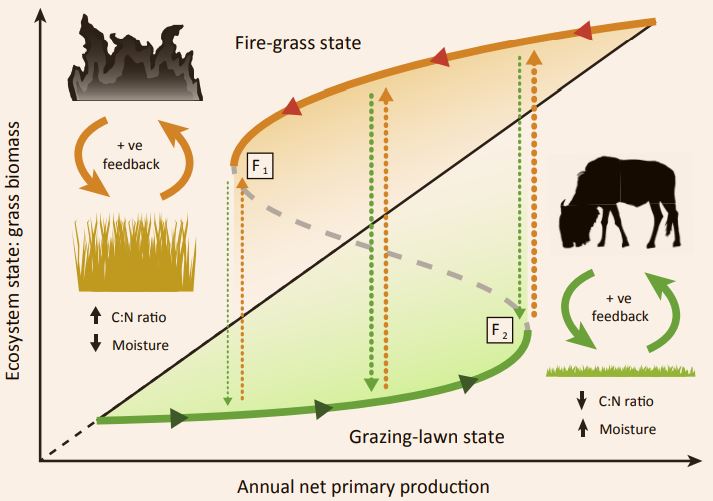
Review: Alternate grassy ecosystem states are determined by palatability-flammability trade-offs ($) (Trends Ecol Evol)
Grassy ecosystems tend towards two stable states. One, the grazing-lawn state, is dominated by shoter grasses that thrive when grazed by herbivores, and the other, the fire-grass state, is dominated by taller grasses thrive when periodically controlled by burning. The flux between fire-grass and grazing-lawn…
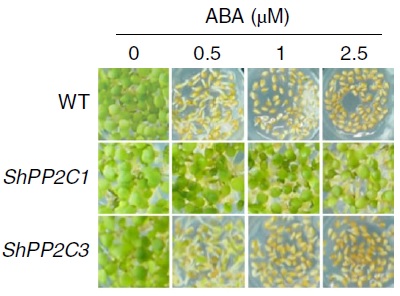
An aberrant protein phosphatase 2C confers abscisic acid tolerance and drives high transpiration during drought conditions in a parasitic plant, Striga ($) (Nature Plants)
Striga hermonthica is a parasitic plant which infects major crops in arid environments. The rate of transpiration in Striga is higher than that of the host plant, thus maintaining a water potential gradient from the host to the Striga plant. Until recently, the exact mechanism has been poorly understood.…
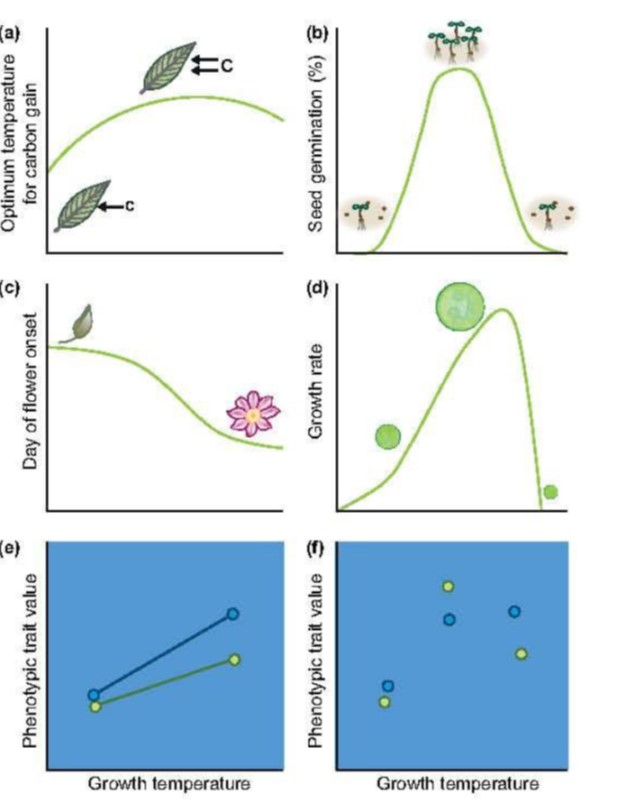
Review: How to analyse plant phenotypic plasticity in response to a changing climate
Phenotypic plasticity, or the ability to change in response to the environment, is one of the most characteristic (and to me, endearing) qualities of plants. As Arnold et al. observe, it is also one of the most important in terms of future climate change; phenotypic plasticity will mean the difference…
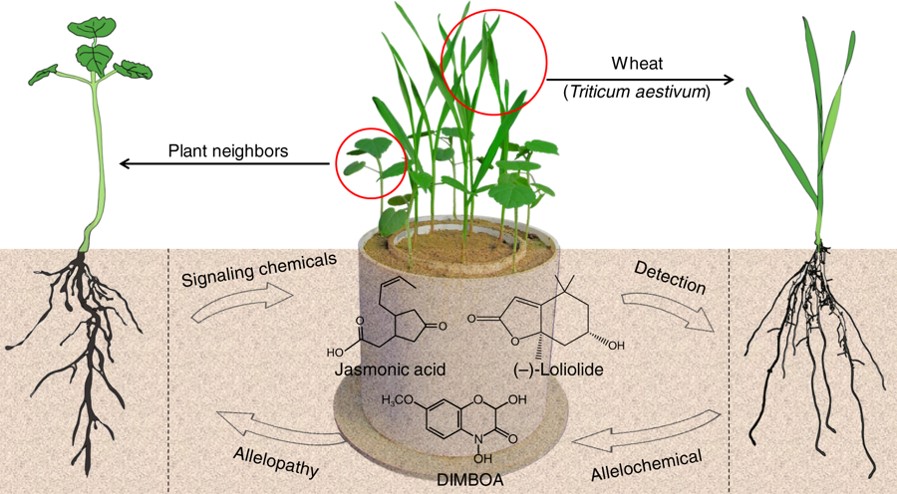
Plant neighbor detection and allelochemical response are driven by root-secreted signaling chemicals (Nature Communications)
Plants are not able to move out of their neighborhood if they are unhappy, but they are capable of recruiting and assembling a community in which they are able to thrive. Plants are also able to initiate defense when they sense that threats are near. To keep tabs on their neighbors, plants utilize both…

